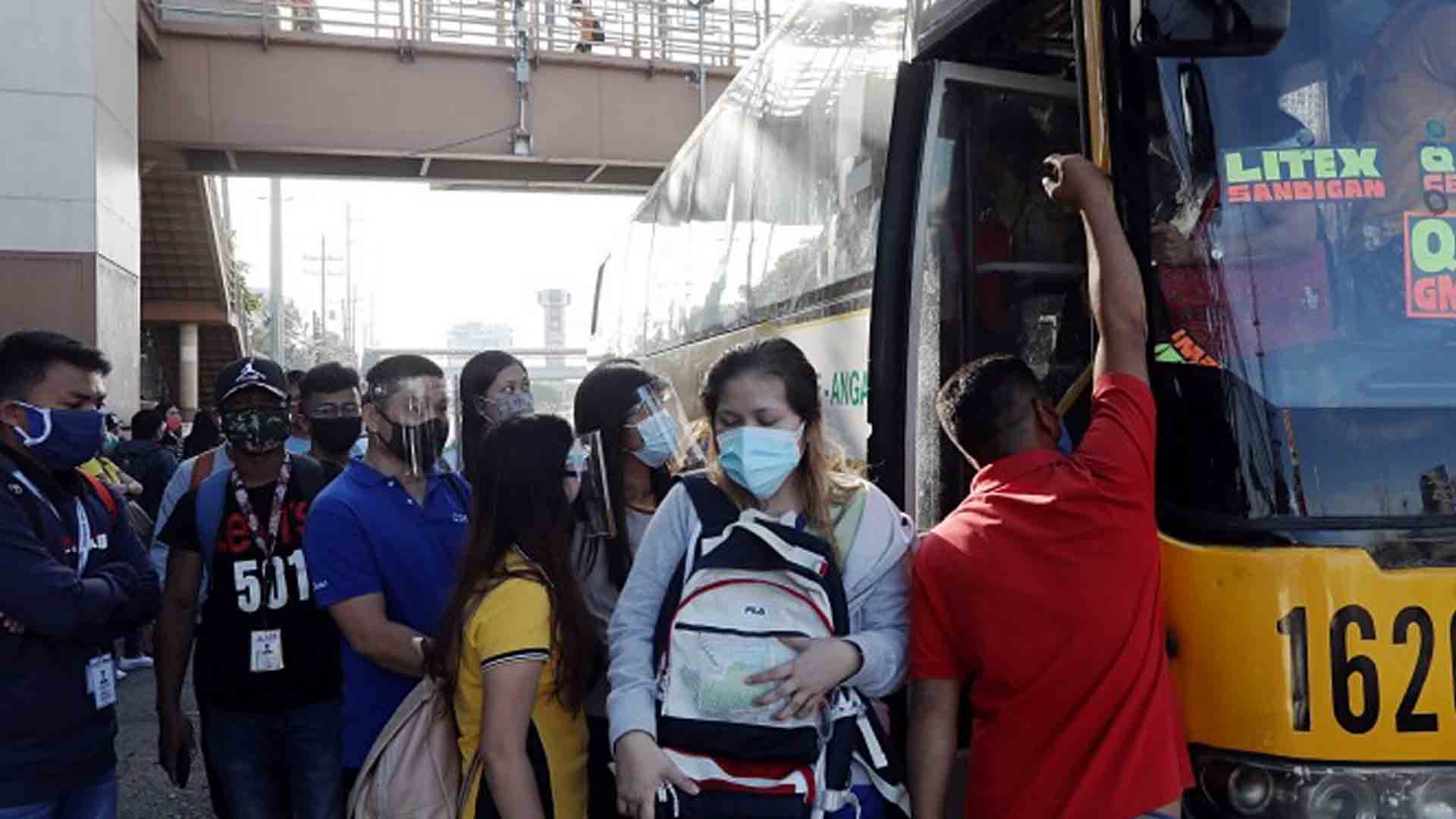Over PHP4 million was allocated to study the commuters’ behavior when boarding and leaving public transport, as well as the airflow and aerosolization, an executive of the Philippine Council for Health Research and Development (PCHRD) said.
“The study will describe how air flows as passengers board and come down from public means of transport like buses and trains. People of course may produce aerosols and seed the air in buses and trains. People movement, and closing and opening of doors and changes in air pressure may cause air turbulence that may cause changes in airflow,” PCHRD Executive Director Jaime Montoya told the Philippine News Agency in an interview on Wednesday.
He added that there is a need to understand how the air currents move to minimize risks to the passengers, and possibly identify strategies to reduce risk of infection to passengers.
The PCHRD funded the project, “Modeling Embarkation-Disembarkation Behavior and Configuration Settings in Philippine Commuter Buses, Light Rail Transit, and Metro Rail Transit using Theoretical and Computational Fluid Dynamics as Analytical Tools in the Mitigation of SARS-CoV-2 Airborne Transmission” for PHP4,061,368, he said.
Department of Science and Technology (DOST) Secretary Fortunato de la Peña recently reported that this project aims to help transport operators and engineers to identify significant risks, and design ways to further reduce the passengers from getting infected with coronavirus disease 2019 (Covid-19).
The project, which started last May, will run for six months. As of Friday, June 4, de la Peña reported that the project team has started initial runs using Complex Analysis formalism to visualize the airflow transmission of viruses in public transportation.
According to Montoya, Complex Analysis is a branch of mathematics that allows better visualization of physical events.
“Basically, it easily shows how fluid systems, like air, move in different surroundings with different ambient conditions,” Montoya explained.
Complex Analysis, he said, will be used in this project to visualize and understand the behavior of “expired human air” containing the SARS-CoV-2 or other viruses when mixed with the surrounding air, as well as how these viruses will be transmitted through the air.
“Results of this project will be utilized in the mitigation of the SARS-CoV-2 airborne transmission in the local transport system through designing and implementing policies and guidelines by pertinent government agencies,” Montoya remarked.
He added that the results will also be used in reconfiguration of vehicles by transport engineers. Further, results of this study will serve as a visualization tool guide for Filipino commuters.
“It will also be utilized by medical or health-related businesses in the design, fabrication of personal protective equipment (PPE),” Montoya said. (PNA)




















